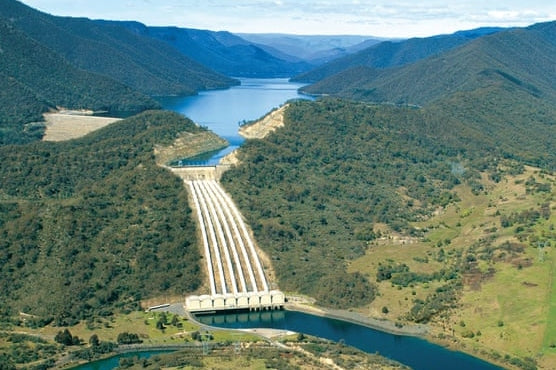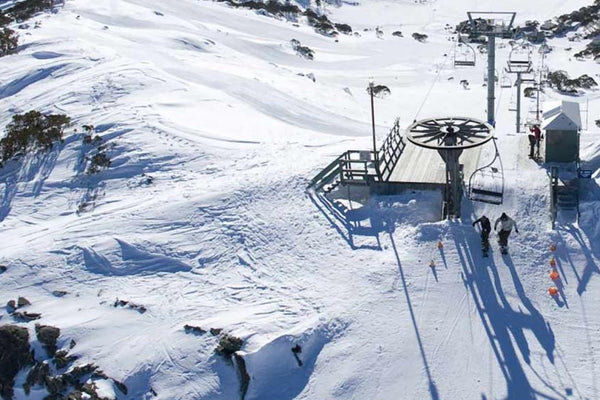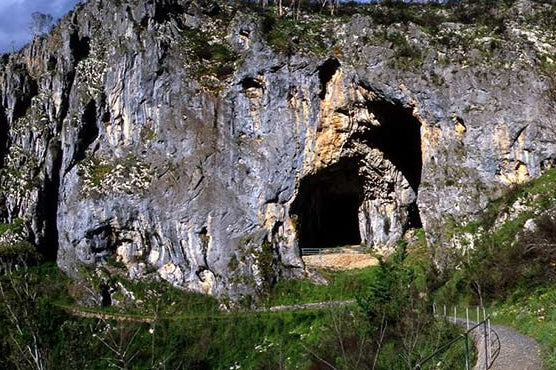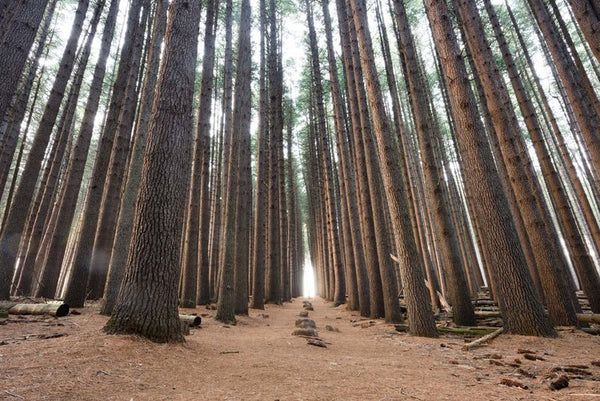Snowy Hydro Scheme

Image: The Guardian
No visit to the Tumut Region would be complete without stopping off to marvel at the feat that is the Snowy Hydro Scheme.
Consisting of sixteen major dams, seven power stations and one pumping station, there's plenty to see and do throughout the system for those looking for a day trip from Tumut.
The closest point to visit from Tumut, Talbingo is also the largest power station in the scheme (Tumut 3) and offers a snapshot of the scheme in operation along with scenic walks and drives to explore Jounama Pondage.
Just a 40 minute drive from Tumut, Talbingo is the perfect place to start your tour of the Snowy. For more information about what's on offer at Talbingo visit Snowy Hydro.
For more information on other points of interest including the Cooma Discovery Centre and Australia's highest town Cabramurra visit the Snowy Hydro information page.
| Address |
Snowy Hydro Discovery Centre
Talbingo Shopping Centre, Whitty Street, Talbingo.
|
| Phone | 1800 623 776 |
| Website | https://www.snowyhydro.com.au/our-energy/hydro/the-scheme/ |
| discovery@snowyhydro.com.au | |
| Distance from TRBC | Approx. 1 hour to Talbingo, 2 hours to Cooma |
| Opening Hours |
Discovery Centre, Cooma 8am–5pm Mon to Fri. 8am–4pm Sat, Sun and public holidays. Talbingo 7 days, 8am - 4pm |
Also in Things To do

Snowfields
Tumut is nestled is the rolling foothills of the Snowy Mountains so if you're lucky enough to time your trip in winter, it's the perfect opportunity to take in some snow.

Yarrangobilly Caves
Just over an hour from Tumut sits the 420 million year old Yarrangobilly Caves tucked away in the northern end of the Kosciuszko National Park.

Sugar Pine Walk
Known as the Pine Cathedral or the Fairytale Forrest the Sugar Pines were planted in 1928 in the Bago State Forrest and now stand protected from any logging activity.
